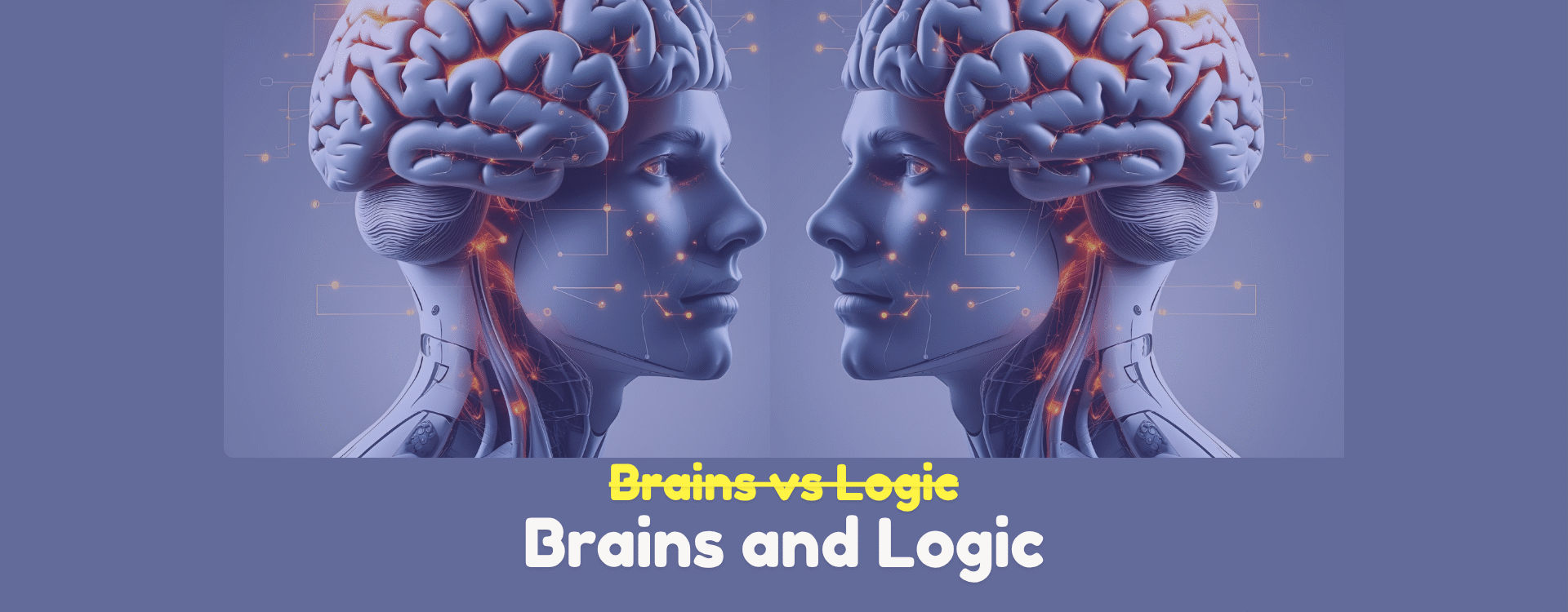In today’s fast-paced digital world, businesses and developers are constantly looking for ways to build smarter, faster, and more efficient systems. While Artificial Intelligence (AI) has proven to be a game-changer in many areas ranging from recommendation engines to natural language processing, it doesn’t completely replace traditional algorithms. Instead, the most effective systems today are hybrid: they combine the strengths of AI with the reliability and predictability of traditional computing.
This blog explores why hybrid systems matter, how they work, and where they shine.
Why Not Just Use AI?
AI, especially machine learning (ML) and deep learning models, excels in tasks that involve:
- Pattern recognition
- Image and speech analysis
- Natural language processing
- Predictive analytics
But AI also has it’s limitations:
- It requires large datasets for training
- It behaves like a black box, often lacking explainability
- It can be computationally expensive
- It may not handle edge cases or structured logic effectively
Traditional algorithms, on the other hand, are:
- Deterministic and explainable
- Reliable in processing structured logic and rule-based decisions
- Faster for repetitive and linear tasks
- Easier to test, debug, and deploy
The takeaway? AI doesn’t replace traditional logic, it complements it.
What Are Hybrid Systems?
A hybrid system is one that combines:
👉 AI models (e.g., neural networks, decision trees, generative models)
👉 Traditional algorithms (e.g., if-else logic, dynamic programming, graph traversal)
Together, these components allow systems to be both intelligent and predictable.
Real-World Example:
Consider a fraud detection system in banking:
- AI can analyze customer behavior patterns and detect anomalies using ML.
- Traditional algorithms can enforce rule-based checks like validating IP addresses, limits on daily transactions, and geolocation rules.
The combination creates a layered defence: AI provides adaptability, while rules enforce compliance and control.
When to Use Hybrid Systems
- Complex Decision-Making – In recommendation engines, AI generates options based on user behaviour, while rules filter those options (e.g., age-appropriate content).
- Natural Language Interfaces with Business Logic – AI understands user intent via NLP, while deterministic logic decides what backend action to trigger.
- Healthcare Diagnostics – AI can predict potential conditions based on image or symptom analysis, while traditional models ensure the results are interpreted within legal and ethical boundaries.
- Autonomous Vehicles – AI helps in object recognition and path prediction, while traditional control algorithms handle acceleration, braking, and lane-keeping.
Benefits of Hybrid Systems
✅ Accuracy & Adaptability – You get AI’s ability to learn from data plus traditional models’ consistency.
✅ Transparency & Control – You can apply explainable rules where needed and use AI where flexibility is more valuable.
✅ Efficiency & Performance – Traditional algorithms are often faster and more efficient for well-defined tasks, balancing AI’s heavier compute load.
✅ Risk Mitigation – Having rule-based fallbacks ensures that when AI fails or is uncertain, the system doesn’t collapse.
Challenges to Consider
While hybrid systems are powerful, they do introduce complexity:
- Integration Complexity: Marrying two fundamentally different systems requires thoughtful design.
- Maintenance: You’ll need expertise in both AI and classical programming.
- Testing: Hybrid systems demand careful testing under both data-driven and logic-driven scenarios.
Building a Hybrid System: A Simple Approach
- Start with the core problem – Identify which parts of your system need adaptability (AI) and which require strict control (rules).
- Design modular components – Keep AI and algorithmic logic loosely coupled. This helps in debugging and upgrading.
- Set thresholds and fallback rules – If the AI is uncertain (e.g., prediction confidence < 0.6), fall back to traditional logic.
- Prioritise explainability – Make sure decisions can be interpreted, especially in critical domains like healthcare or finance.
Final Thoughts
We’re entering an age where AI-first isn’t always the best strategy. Instead, AI-smart systems, those that know when to rely on data and when to fall back on rules are proving to be more sustainable, scalable, and trustworthy.
The future isn’t AI or algorithms.
The future is both.
About the Author: Sant Rathaur is a digital strategist and marketing technologist who writes about the intersection of AI, human behaviour, and marketing technology. He brings a unique perspective on how emerging tech can empower human creativity and strategic thinking in the digital era.

Leave a Reply